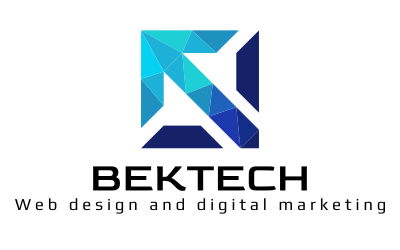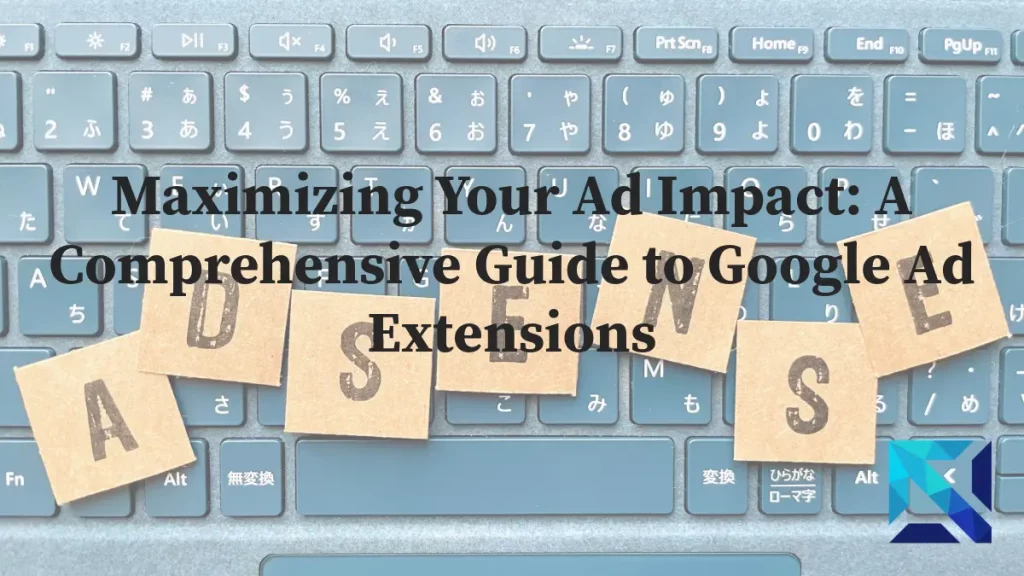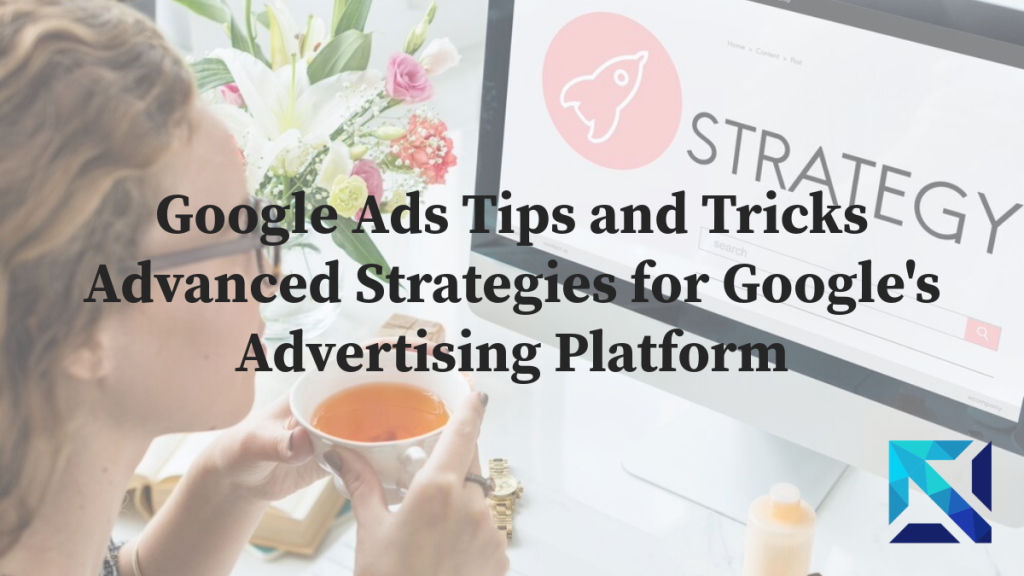In the dynamic world of digital marketing, Pay-Per-Click or PPC advertising has emerged as a powerful tool for businesses to reach their target audience and drive measurable results. As competition in the online landscape continues to intensify, the need for effective PPC optimization has become more crucial than ever. Whether you’re a seasoned PPC veteran or just starting out, mastering the art of PPC optimization can mean the difference between a successful campaign and a missed opportunity.
If you desire to start advertising on the Google Ads platform we suggest you read our article Basic Guide For PPC first!
Understanding the Importance of PPC Optimization
PPC advertising offers a wealth of benefits for businesses of all sizes, from increased brand visibility and targeted lead generation to measurable return on investment (ROI). However, to truly unlock the full potential of your PPC campaigns, it’s essential to focus on optimization.
Maximizing Return on Investment (ROI)
Effective PPC optimization can help you maximize the return on your advertising investment by ensuring that your ads are reaching the right audience, at the right time, with the right message. By fine-tuning your targeting, bidding strategies, and ad copy, you can drive more qualified traffic to your website, ultimately leading to higher conversion rates and a better ROI.

Staying Ahead of the Competition
In the fast-paced world of digital advertising, staying ahead of the competition is crucial. PPC optimization allows you to continuously refine and improve your campaigns, adapting to changing market conditions and consumer behavior. By staying on top of the latest industry trends and best practices, you can gain a competitive edge and maintain a strong presence in your target market.
Enhancing User Experience
PPC optimization is not just about driving more clicks and conversions – it’s also about improving the overall user experience. By optimizing your landing pages, improving ad relevance, and ensuring a seamless customer journey, you can create a positive impression and foster greater brand loyalty among your audience.
The PPC Optimization Checklist: Key Strategies for Success

Crafting a successful PPC strategy requires a comprehensive approach to optimization. Here’s a detailed checklist to help you navigate the PPC optimization landscape and achieve your desired results:
Keyword Research and Selection
1. Conduct Thorough Keyword Research**: Identify the most relevant and high-performing keywords for your business, considering factors such as search volume, competition, and commercial intent.
2. Organize Keywords into Tightly Themed Ad Groups**: Group your keywords into logical, closely related ad groups to improve ad relevance and quality score.
3. Continuously Expand and Refine Your Keyword List**: Monitor search trends, analyze competitor activity, and leverage long-tail keywords to expand your keyword portfolio and stay ahead of the curve.
Ad Copy Optimization
1. Craft Compelling Ad Headlines: Grab the attention of your target audience with concise, compelling headlines that highlight your unique value proposition.
2. Incorporate Relevant Keywords: Strategically include your target keywords in the ad copy to improve relevance and boost the quality score.
3. Leverage Ad Extensions: Utilize ad extensions, such as site links, callouts, and structured snippets, to provide additional information and enhance the user experience.
4. Test and Iterate: Continuously test different ad copy variations, headlines, and calls to action to identify the most effective messaging for your target audience.
Landing Page Optimization
1. Ensure Seamless User Experience**: Optimize your landing pages for mobile responsiveness, fast load times, and intuitive navigation to create a positive user experience.
2. Align Landing Pages with Ad Content**: Ensure that your landing pages closely match the messaging and offers presented in your PPC ads, providing a consistent and relevant experience for the user.
3. Optimize for Conversion**: Implement clear calls-to-action, minimizing distractions, and streamlining the conversion process to maximize the number of users who take the desired action.
4. Continuously Test and Refine**: Experiment with different layouts, content, and design elements to identify the most effective landing page configuration for your target audience.
Bid and Budget Management
1. Implement Intelligent Bidding Strategies**: Leverage advanced bidding strategies, such as target CPA, target ROAS, or maximize conversions, to optimize your bids and budget allocation.
2. Monitor and Adjust Bids Regularly**: Continuously monitor your campaign performance and adjust bids accordingly to maintain a competitive edge and maximize your return on investment.
3. Allocate Budget Strategically**: Distribute your budget across different campaigns, ad groups, and keywords based on their performance and potential, ensuring efficient resource allocation.
4. Leverage Automated Bid Adjustments**: Utilize automated bid adjustments to dynamically adapt to changes in search trends, competition, and user behavior, ensuring that your ads are shown at the right time and place.
Campaign Structure and Organization
1. Create Granular Campaign Structure: Organize your campaigns into tightly focused themes or product/service categories to improve ad relevance and quality scores.
2. Implement Negative Keyword Targeting: Identify and add relevant negative keywords to your campaigns to prevent your ads from being shown for irrelevant searches, reducing wasted ad spend.
3. Leverage Audience Targeting: Utilize demographic, interest-based, and remarketing audience targeting to reach the most qualified users and enhance the effectiveness of your PPC campaigns.
4. Continuously Optimize Campaign Settings: Monitor and adjust your campaign settings, such as location targeting, device targeting, and scheduling, to ensure maximum efficiency and relevance.
Performance Tracking and Reporting
1. Establish Clear Key Performance Indicators (KPIs): Define specific, measurable goals for your PPC campaigns, such as cost-per-acquisition, return on ad spend or website conversions.
2. Implement Robust Tracking and Analytics: Utilize Google Analytics, Google Ads, and other tracking tools to monitor the performance of your PPC campaigns and measure the impact on your business objectives.
3. Analyze and Interpret Data: Regularly review your campaign performance data to identify trends, pinpoint areas for improvement, and make informed decisions about future optimization efforts.
4. Share Insightful Reports: Communicate your PPC performance and optimization insights with key stakeholders, highlighting the impact of your efforts and demonstrating the value of your PPC strategy.
Continuous Optimization and Experimentation
1. Adopt a Data-Driven Approach**: Continuously analyze performance data, test new strategies, and make data-informed decisions to drive the ongoing optimization of your PPC campaigns.
2. Experiment with New Tactics**: Stay up-to-date with the latest PPC trends and industry best practices, and be willing to experiment with new ad formats, targeting options, and optimization techniques.
3. Leverage Automation and AI-Powered Tools**: Utilize automated PPC optimization tools and artificial intelligence-driven insights to streamline your workflows, identify opportunities, and enhance the efficiency of your campaigns.
4. Collaborate with Subject Matter Experts**: Engage with PPC experts, industry forums, and online communities to learn from their experiences, share knowledge, and stay ahead of the curve.

Conclusion: Unleash the Full Potential of Your PPC Campaigns
Mastering PPC optimization is a dynamic and ongoing process, but by following this comprehensive checklist, you can unlock the true potential of your PPC campaigns and drive tangible results for your business. From in-depth keyword research to data-driven performance tracking, each step of the PPC optimization journey plays a crucial role in ensuring the success of your digital marketing efforts.
Remember, the key to effective PPC optimization lies in your ability to continuously adapt, experiment, and refine your strategies in response to changing market conditions and user behavior. By embracing a data-driven, iterative approach to PPC optimization, you can stay ahead of the competition, enhance the user experience, and maximize the return on your advertising investment.
So, start your journey to PPC optimization mastery today and watch your business soar to new heights in the ever-evolving digital landscape.
What is PPC optimization and why is it important?
PPC optimization is the process of refining and improving your Pay-Per-Click advertising campaigns to achieve better results. It's important because it helps maximize your return on investment (ROI), improve ad relevance, reduce wasted spending, and stay competitive in digital advertising.
How often should I review and update my PPC optimization strategy?
Reviewing your PPC campaigns at least weekly is recommended, with more frequent checks for high-spend or critical campaigns. However, major strategy updates can be done monthly or quarterly, depending on your budget and campaign complexity. Continuous monitoring and incremental optimizations are key to success.
What are some key metrics to track for effective PPC optimization?
Important metrics to track include:
- Click-Through Rate (CTR)
- Conversion Rate
- Cost Per Click (CPC)
- Cost Per Acquisition (CPA)
- Quality Score
- Return on Ad Spend (ROAS)
- Impression Share
How can I improve my Quality Score in Google Ads?
To improve your Quality Score:
- Ensure your keywords are relevant to your ads and landing pages
- Write compelling, relevant ad copy
- Improve your landing page experience and load times
- Use ad extensions effectively
- Maintain a good click-through rate
What are some common PPC optimization mistakes to avoid?
Common mistakes include:
- Neglecting negative keywords
- Ignoring mobile optimization
- Not testing ad copy variations
- Focusing solely on broad match keywords
- Sending all traffic to the homepage instead of specific landing pages
- Failing to use audience targeting and remarketing
- Not adjusting bids based on device, location, or time of day performance




